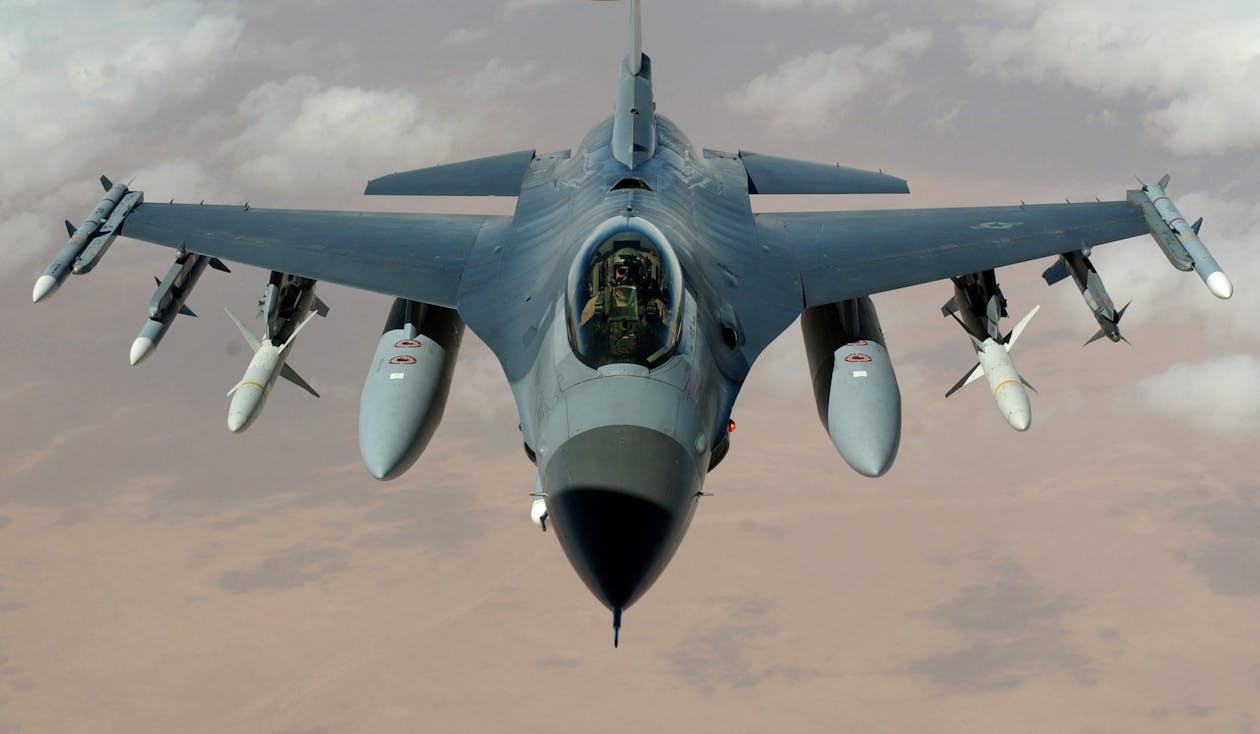Preventive Maintenance of Aircraft: Ensuring Safe and Reliable Operations
Aircraft maintenance is a critical aspect of aviation safety and operational efficiency. Among the various maintenance strategies, preventive maintenance stands out as a proactive approach aimed at identifying and addressing potential issues before they escalate into more significant problems. This strategy plays a pivotal role in ensuring the continued airworthiness of an aircraft, minimizing unplanned downtime, and enhancing overall safety and reliability.
 |
| Preventive Maintenance of Aircraft: Ensuring Safe and Reliable Operations |
Definition of Preventive Maintenance:
Preventive maintenance refers to a systematic and planned set of activities performed on an aircraft at scheduled intervals to prevent the occurrence of failures, malfunctions, or degradation of components. The primary goal is to maintain the aircraft in a state of optimum functionality, reduce the likelihood of unexpected issues, and extend the overall lifespan of the aircraft.
Key Elements of Preventive Maintenance:
Scheduled Inspections:
- Regular and systematic inspections are conducted based on predetermined schedules. These inspections cover various aspects, including airframe, engines, avionics, and other critical systems. Compliance with manufacturer-recommended maintenance intervals and regulatory requirements is a fundamental aspect of preventive maintenance.
Component Replacement:
- Parts and components that have a limited lifespan or are prone to wear and tear are replaced before reaching a critical state. This includes items such as tires, brake pads, filters, and other consumables. Replacing components proactively helps avoid unexpected failures during operations.
Lubrication and Fluid Checks:
- Adequate lubrication is essential for the smooth operation of aircraft components. Preventive maintenance includes scheduled lubrication of moving parts and regular checks of fluid levels, ensuring that vital systems, such as engines and hydraulic systems, are properly lubricated and topped up.
Corrosion Prevention:
- Aircraft are exposed to various environmental conditions that can lead to corrosion. Preventive maintenance includes measures to inspect, treat, and prevent corrosion on the airframe and other structural components. This may involve applying protective coatings and conducting routine corrosion inspections.
Avionics and Software Updates:
- Avionics systems and software play a crucial role in modern aircraft operations. Preventive maintenance involves keeping avionics systems up to date with the latest software releases and conducting regular checks to ensure proper functionality. This helps in avoiding software-related issues and enhances overall system reliability.
Calibration of Instruments:
- Accuracy of instruments and avionic sensors is crucial for safe flight operations. Preventive maintenance includes regular calibration of instruments to ensure their readings are accurate. This is particularly important for navigation and communication systems.
Record Keeping:
- Maintaining accurate and up-to-date records of all maintenance activities is a key aspect of preventive maintenance. This documentation includes details of inspections, repairs, component replacements, and compliance with regulatory requirements. Proper record-keeping facilitates traceability and ensures transparency in aircraft maintenance history.
Importance of Preventive Maintenance:
Safety Enhancement:
- By proactively addressing potential issues, preventive maintenance significantly contributes to the overall safety of aircraft operations. Identifying and rectifying problems before they compromise safety is a fundamental aspect of this approach.
Reliability and Availability:
- Preventive maintenance helps enhance the reliability and availability of aircraft. By addressing potential issues before they escalate, operators can minimize unscheduled maintenance events, reduce downtime, and improve the overall operational readiness of the aircraft.
Regulatory Compliance:
- Compliance with regulatory requirements is essential in aviation. Preventive maintenance ensures that aircraft adhere to prescribed maintenance schedules, inspection intervals, and other regulatory standards, contributing to legal and regulatory compliance.
Cost Savings:
- While there is an investment associated with preventive maintenance activities, the long-term benefits often outweigh the costs. Proactively addressing issues helps avoid costly unscheduled maintenance events, reduces the risk of in-flight failures, and extends the lifespan of aircraft components.
Conclusion:
Preventive maintenance is a cornerstone of responsible aircraft management. By adopting a proactive stance toward maintenance, operators can ensure the continuous airworthiness of their aircraft, enhance safety, and optimize operational efficiency. The combination of scheduled inspections, component replacements, and adherence to regulatory standards creates a robust framework for maintaining aircraft in peak condition throughout their operational lifespan.

